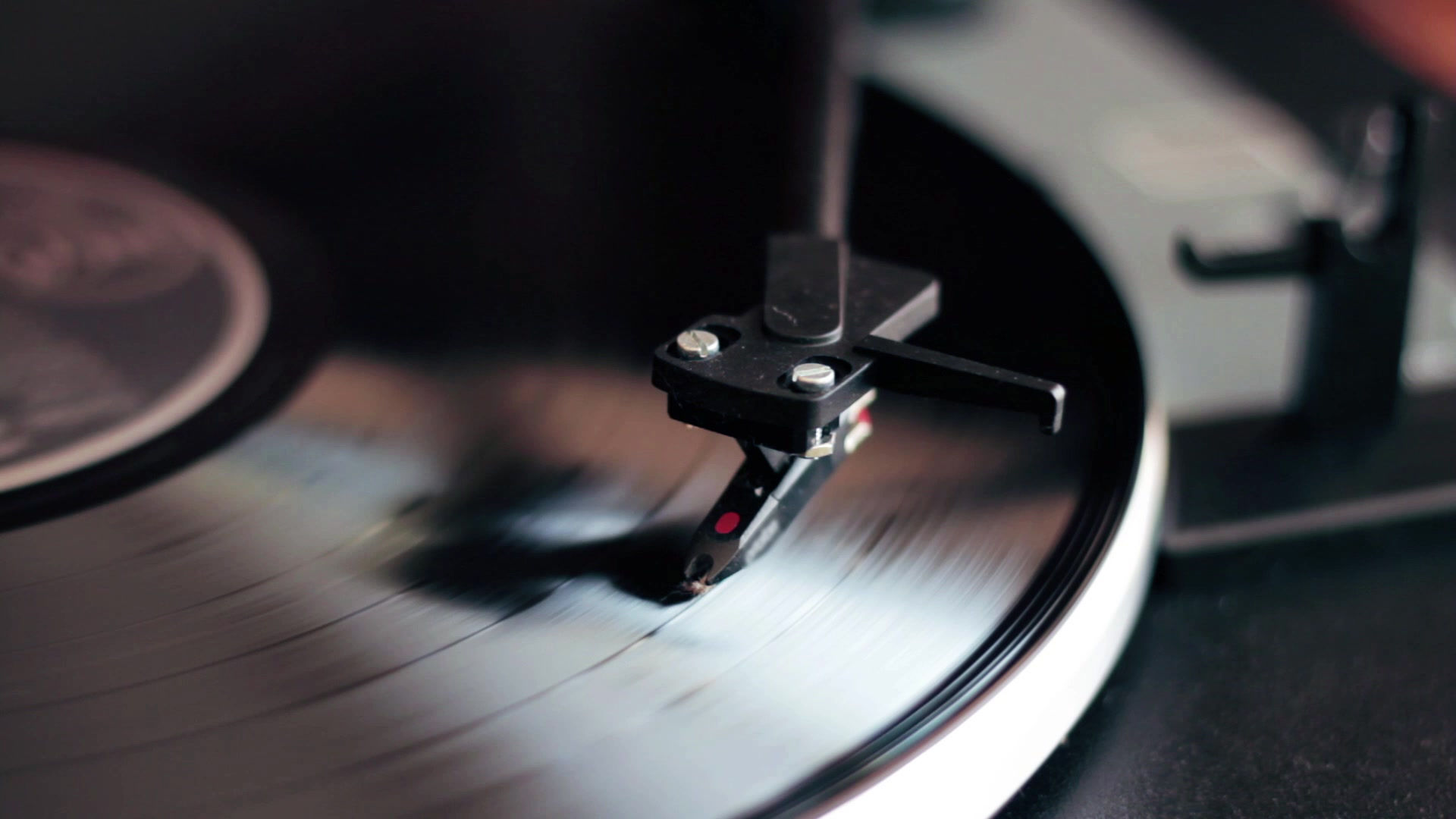AUGMENTED REALITY
- beyondelt souls

- Dec 24, 2019
- 2 min read
Augmented reality (AR) is one of the biggest technology trends right now, and it’s only going to get bigger as AR ready smartphones and other devices become more accessible around the world. AR let us see the real-life environment right in front of us—trees swaying in the park, dogs chasing balls, kids playing soccer—with a digital augmentation overlaid on it. For example, a pterodactyl might be seen landing in the trees, the dogs could be mingling with their cartoon counterparts, and the kids could be seen kicking past an alien spacecraft on their way to score a goal.
With advances in AR technology, these examples are not that different from what might already be available for your smartphone. Augmented reality is, in fact, readily available and being used in a myriad of ways including as Snapchat lenses, in apps that help you find your car in a crowded parking lot, and in variety of shopping apps that let you try on clothes without even leaving home.
Perhaps the most famous example of AR technology is the mobile app Pokemon Go, which was released in 2016 and quickly became an inescapable sensation. In the game, players locate and capture Pokemon characters that pop up in the real world—on your sidewalk, in a fountain, even in your own bathroom.
LEO AR CAMERA

I used this app for Augmented Reality. Leo is an augmented reality app allowing people to experience advanced augmented reality through realistic animated and 3D objects in the real world. The phone camera becomes a portal and tool that allows anyone to augment their world through Leo. People can customize any surrounding environment into their wildest dreams":" expressing themselves in a new mixed reality space, as well as sharing with family, friends and other social outlets.
HOW CAN WE USE AUGMENTED REALITY IN EFL CLASSROOMS?
We can use Augmented Reality apps to teach words. When we scan the word "Train" a train can appear and this is how we can use it to teach words. Other than that we can use it with gamification. There would be items popped up on application and we can match it with the description on them. As a alternative, teachers can play a game where each day a student has to record a difficult word he learns. These difficult words could then be attached to the word wall and anyone could scan them with their smartphones. This will improve the vocabulary of students, thereby making the learning more exciting.Along with incredible advantages to industries, such as construction, museums, manufacturing, and entertainment, AR in education can make the teaching and the learning process more fun-loving and satisfying.It would make the lessens more fun and attract students attraction.
Here is my work that I prepared via LeoAr Camera:





Comments